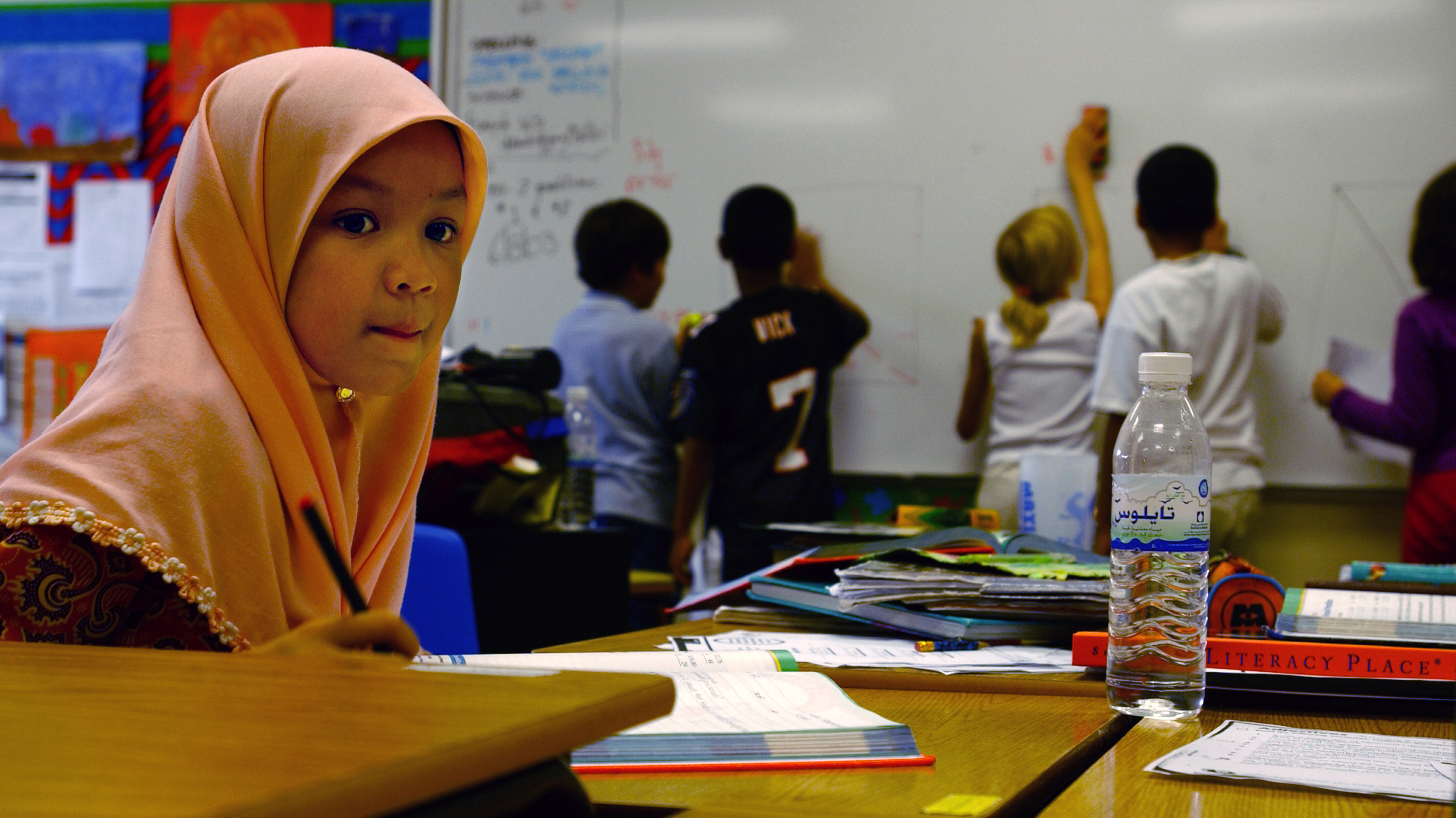Most of us have heard of Pavlov’s dogs but we may not be aware of the term associative learning in relation to Pavlov. This post will delve a little further into the concept.
What Is Associative Learning?

Associative learning occurs by either classical conditioning or operant conditioning and it follows the principle of If I do this…then this will happen.
Pavlov and His Dogs
In 1902, a Russia physiologist, Ivan Pavlov, was studying salivation in dogs when he realized that his dogs had begun to salivate whenever he entered the room. At the time he was focusing on the fact that dogs don’t need to learn to salivate, they naturally know how. It’s an instinct, not a learned behavior.
Pavlov easily proved his theory as when he presented a bowl of food to a dog, the dog began to salivate. However, once he discovered the dogs salivating before they received their bowl of food, the beginnings of classical and operant conditioning began to evolve.
When Pavlov realized his dogs were salivating when they saw something that they associated with food, he began to experiment with them. He used what is known as a neutral stimulus, in this case, it was a bell which he rang whenever he gave the dogs food, an unconditioned stimulus.
After repeating the process several times, he stopped giving the dogs food and just rang the bell. Sure enough, as soon as the dogs heard the bell they began to salivate, whether food was present or not. This meant that the neutral stimulus (bell ring) had become a conditioned stimulus. This learned behavior from the dogs was termed a conditioned response.
Pavlov’s Law of Temporal Contiguity
The results of Pavlov’s experiments proved that for the process to work, both stimuli (the bell and the food) had to be presented to the dogs close together so that they would associate the bell and food as two parts of the same thing.
In this case, the same thing is the dogs being fed. The law of temporal contiguity is the term Pavlov gave to the association of the bell and the food.
Classical Conditioning
Pavlov’s work became known as classical conditioning in Psychology as it was the beginnings of behavioral psychology. Pavlov had proved that if a person is presented with a neutral stimulus at the same time as an environmental stimulus, a behavioral reflex or instinct would occur.
The important thing to note about classical conditioning is that it a behavior brought on through a reward. The dogs had learned that if they saw the bell, they were about to get rewarded by food, and this caused them to salivate.
All reliable results from experiments need to be tested time and time again to ensure the results you receive are consistent and not just coincidence. When Pavlov tried it the other way, meaning when he rang the bell but didn’t give the dogs food anymore, they soon stopped salivating at the sight of the bell.
Operant Conditioning
Thorndike’s Law of Effect
Edward Thorndike developed his law of effect in the early 1900s but he used cats instead of dogs and this was the theory that B.F. Skinner took and developed into operant conditioning.
Thorndike believed, and set out to prove, that we learn from consequences rather than rewards. His experiments involved putting cats in puzzle boxes.
Once in the puzzle boxes, the cats were encouraged to escape by a piece of fish being placed outside the box. After a few false starts the cats would find the lever that opened the box to let them out. Once they were out, they were put back in the box and went through the whole process again.
It took the cats a few times, but they eventually remembered where the lever was and went straight to it and let themselves out. Thorndike’s law of effect stated that any behavior that is followed by something pleasant is usually repeated which means that any behavior that has unpleasant consequences won’t happen again.
The development of psychological theories often occurs as a stepping stone process as each psychologist builds on the work of a previous psychologist. B.F. Skinner took the law of effect just that bit further to develop operant conditioning.
Reinforcers and Punishers
Skinner stated that behavior that is reinforced will be repeated and behavior that is not reinforced, won’t be. Skinner placed rats or pigeons in his own version of a puzzle box (Skinner box) and we have him to thank for the following terms:
Neutral operants – these are environmental responses that have no effect on the probability of behavior being repeated. They neither increase or decrease the probability.
Reinforcers – these are either positive or negative environmental responses that increases the probability of behavior being repeated.
Punishers – these are environmental responses that decrease the probability of behavior being repeated. In other words, Skinner found that punishment stops, or lessens the probability of, behavior being repeated.
Positive and Negative Reinforcement
Skinner proved his theory by putting a hungry rat in the Skinner box and watching its behavior. There was a lever on the side of the box and the rat would accidentally knock it while it was scurrying around the box. Every time the lever was knocked, a pellet of food dropped into a container that had been placed near the lever.
It didn’t take the rats long to learn that instead of scurrying around the box, they could go straight to the lever to get some food. This is also known as escape learning.
Skinner set about proving negative reinforcement by putting a hungry rat in his Skinner box and giving it an electric shock, which continued until the rat accidentally knocked the lever. It didn’t get any food this time, but the electric current stopped. After being subjected to this a few times the rat learned to go straight to the lever. This was named avoidance learning.
Punishment
This is where things can get a bit confusing as punishment is often difficult to distinguish from negative reinforcement or avoidance learning.
Negative reinforcement can be explained as an action (pushing the lever and stopping a negative consequence) causing the probability of a behavior to occur.
Punishment is when the probability of a behavior occurring decreases because of the negative consequence that follows. Think of punishment as the opposite of negative reinforcement.
If a rat had learned to go straight to the lever in the puzzle box to get a reward (food) but the next time it went straight to the lever it got an electrical shock, it would not be eager to go back there again.
The problem with behavior learned through punishment is that the behavior is only suppressed, not forgotten. This means that if the punishment stops, the behavior will return. So, if the shock didn’t occur again when the rat knocked the lever, it would continue to knock the lever, expecting food, until it eventually learned it wasn’t going to get any.
Punishment can increase aggression as the rat learns that’s the way to manage problems and it can also create a more generalized fear in the rat that spills over to other harmless situations.
Associative Learning in Children
You will probably be able to think of many examples of associative learning as it’s the most commonly used way of raising children. How quickly does a teenager learn not to curse in front of their parents if their cellphone is taken away from them when they do.
Positive reinforcement can also bring problems depending on how it is done. The increase in childhood obesity may be partly explained by parents reinforcing good behavior with food.
A child who learns that if they do their homework every day without being told to will get a piece of candy, is going to continue doing their homework. The eventual consequences of that positive reinforcement, however, can be very problematic.





